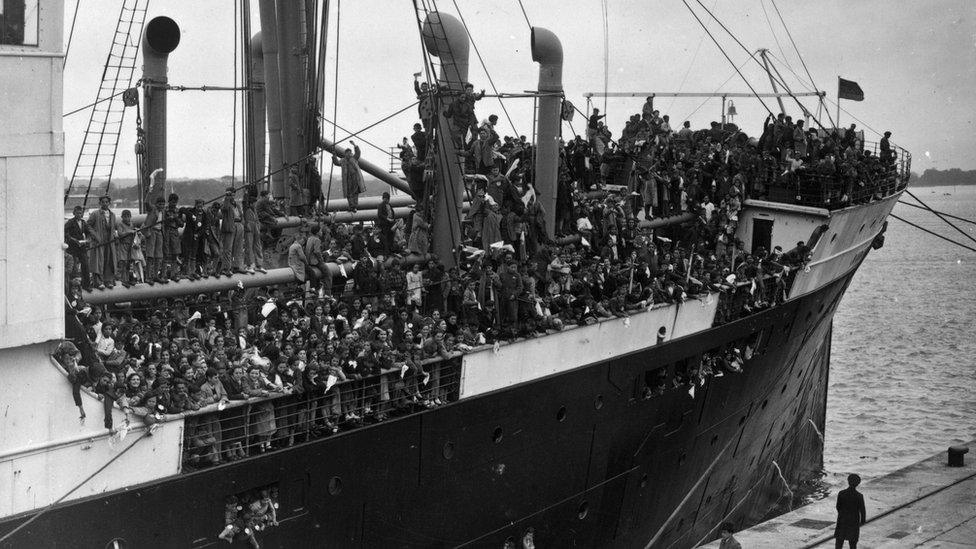Spanish Civil War victims recovered by Cranfield University experts
- Published
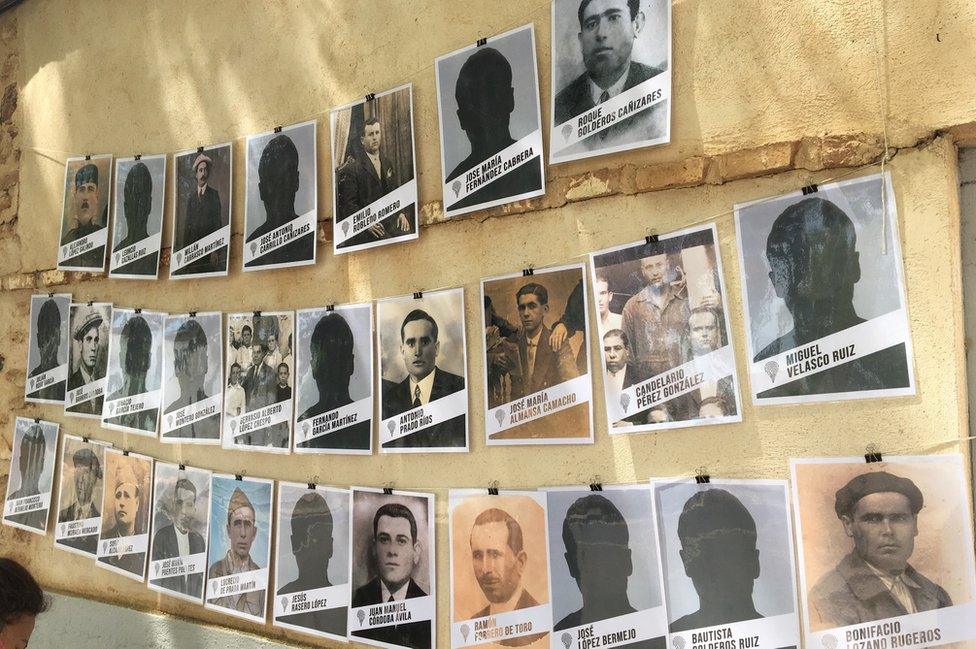
Archaeologists are looking for 26 people buried in the civil cemetery at Almagro between 1939 and 1940
Forensic archaeologists have started to recover the bodies of victims executed by the Franco regime at the end of the Spanish Civil War.
Experts from Cranfield University in Bedfordshire are searching alongside Spanish partners for 26 people buried between 1939 and 1940.
They were buried in the civil cemetery at Almagro, south of Madrid.
Some victims' families have been traced so the bodies can be returned for a "dignified burial".
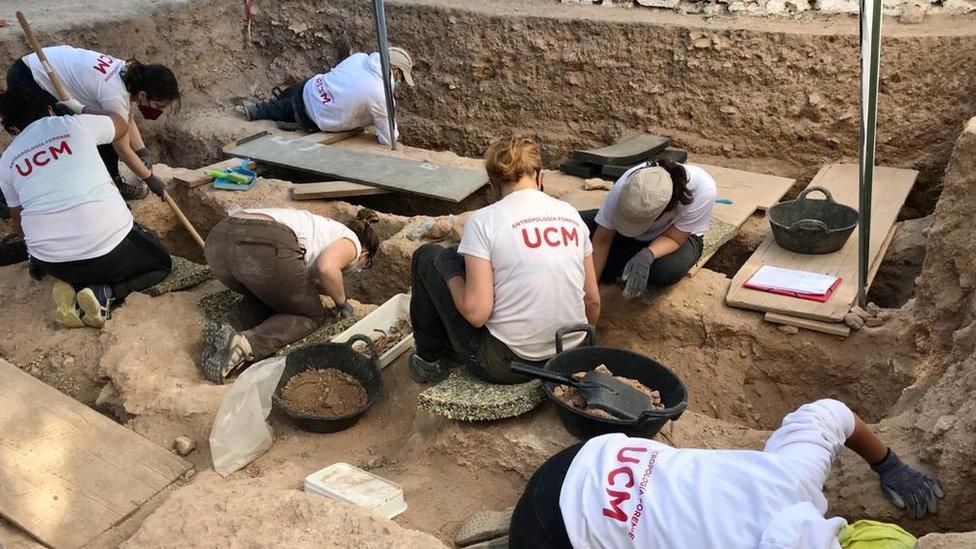
Recovery will last until the beginning of June, while analysis of remains will take place until the end of the year
The Cranfield team is working with fellow archaeologists and anthropologists from the University Complutense of Madrid (UCM) and social anthropologists from Mapas de Memoria (Maps of Memory) to search for, exhume and then identify those executed.
It is one of a number of recoveries from the 1936 to 1939 conflict currently being investigated. Since 2000, more than 7,000 victims have been recovered.
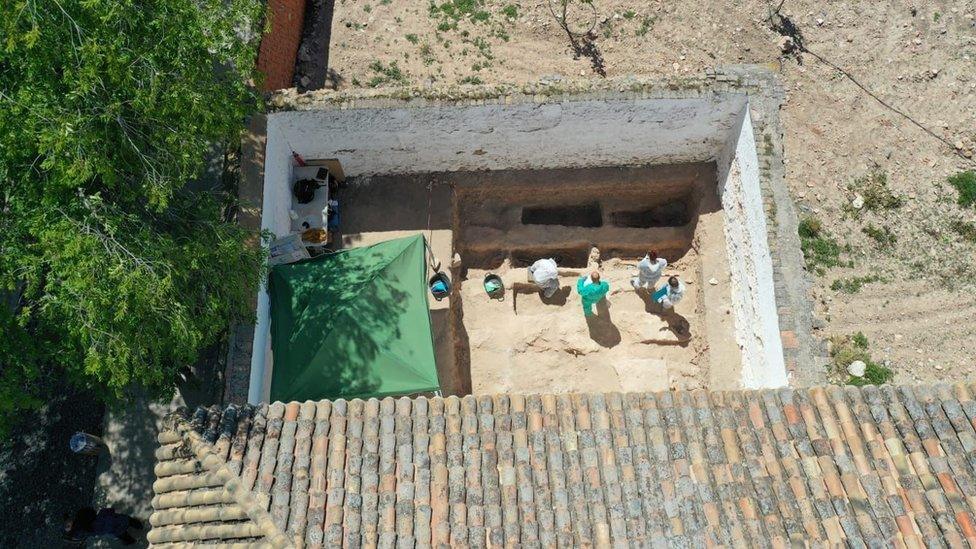
The site is the largest mass grave opened in the province so far
Dr Nicholas Márquez-Grant, senior lecturer in forensic anthropology at Cranfield Forensic Institute (CFI), said the victims were executed for their "political ideologies or sometimes out of envy".
Some bodies already exhumed showed evidence of gunshot wounds to the head.
Personal items belonging to the victims have also been discovered.
"Recovery of the bodies is carried out layer by layer and is only the start of the process to identify and bring dignity to the deceased and help to provide closure and peace to their families," Dr Márquez-Grant said.

The graves were located through archival research and contact with families of victims
In order to trace remains back to surviving relatives, DNA will be taken from the bones.
"Not everybody will be identified," Dr Márquez-Grant said.
"But those that are will be returned to their families with their objects. Those we are unable to identify will be buried in a dignified burial in a proper cemetery."
José Barrios, whose great uncle - also named José Barrios - was executed and buried at the site, said: "When the excavation started I did not feel much but when they found the first body, I saw the skull and the feet of an individual, I thought 'We are here now - we are coming to find you.'"

Find BBC News: East of England on Facebook, external, Instagram, external and Twitter, external. If you have a story suggestion email eastofenglandnews@bbc.co.uk, external
Related topics
- Published5 May 2021
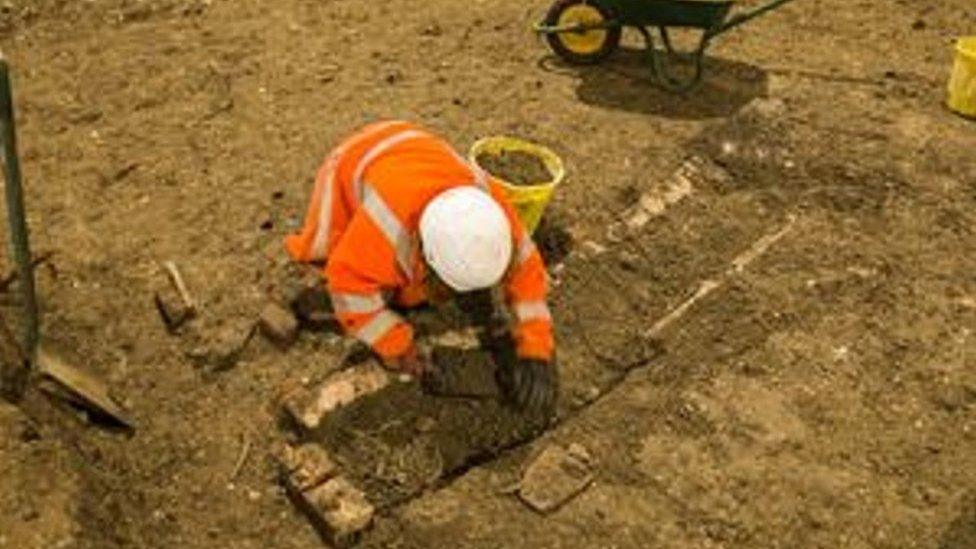
- Published6 December 2020
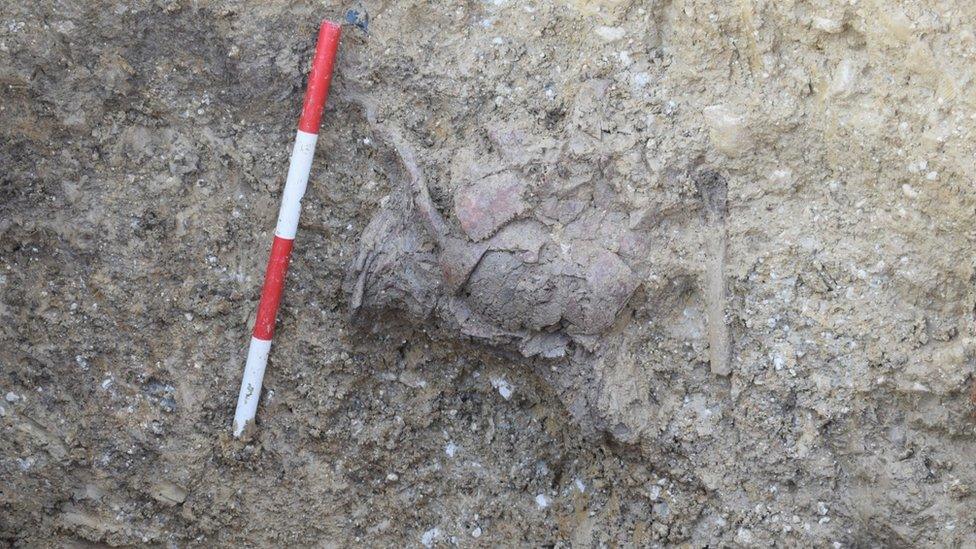
- Published17 July 2016
